Solar Lights have become a life-saving hack nowadays; they are present everywhere, from the streets to your yard to your home. And not just by one single person, but all. Everyone wants to save money and live life efficiently and effectively.
We all know that solar lights do not need a generator or any electricity to pus, all it needs is a hot, beaming ray of sunlight, and it can be charged up for days, working even in a cloudy climate. But has anyone ever thought about how the solar lights trap sunlight inside them and work? Let us find out.
The Function of Solar Light
Solar Lights work with the help of a photovoltaic method, in which the photovoltaic part is the solar cell present inside the solar lights. It is the function of the solar cell to convert the sunlight it receives into electric current.
These solar cells are visible through the naked eye and can be spotted as a dark panel at the top of your solar lights. The solar cell consists of crystalline silicon and chemicals in multiple layers, generating layers of negatively charged electrons and positively charged spaces.
These positive spaces then transfer the electrons as a source of direct current of electricity with the help of wires embedded into the solar cell to a battery where the electricity is stored (for further usage like in rainy or cloudy weather) when needed.
These batteries inside the solar cells charge daily irrespective of whether you are using them or not and are useful during non-sunny days. As soon as the sun sets itself, the solar cells automatically stop receiving sunlight and shut themselves off.
There is a photoreceptor present on the lights, which helps to detect when the evening has begun and it is dark; it automatically switches the light on, which in turn is made up of several LEDs. These batteries are the ones that work throughout the night by supplying electricity.
This whole process is done daily and is how a solar light functions. During the day, sunlight is stored and converted into electricity inside the battery, and at night, the battery provides electricity to the light until all of it gets sucked up or the day approaches, and the photoreceptor shuts off the light automatically.
How Do These Lights Work in Summers and Winters?
During the Summers, you must ensure that the area where your solar panels are placed has no big trees or bushes that can create shadows over the panels and light, and an adequate amount of sunlight will not be able to receive these solar lights.
And if you do not have any such thing, then there is no need to worry about it; the sunlight will convert into the battery and make your nights brighten up. During the Winters, it does become a little difficult for the solar lights and panels to work. However, it is not impossible.
If you live in an area with extreme rainfall and cloudy climates, you may not receive the light as often due to the lack of sunlight. The sole reason why this happens is that in Winters the days are shorter with not a full amount of sunlight beaming in.
And even during snowfall, your panels can be blocked to receive the sunlight, which is when you must scrape all that snow from your panels.
Conclusion
The function of solar cells is basic; there are not many requirements for you to fulfill rather than ensuring the place your solar lights are.
All these solar lights need is sunlight, and the rest of the activity is inside these lights, which make the sunlight convert into electricity.
For Winters or times when you know the sunlight will not be coming out much, you can try and install a Westinghouse solar light with more power backend.
You can easily access Solar Lights in your nearby stores or find it online too nowadays.

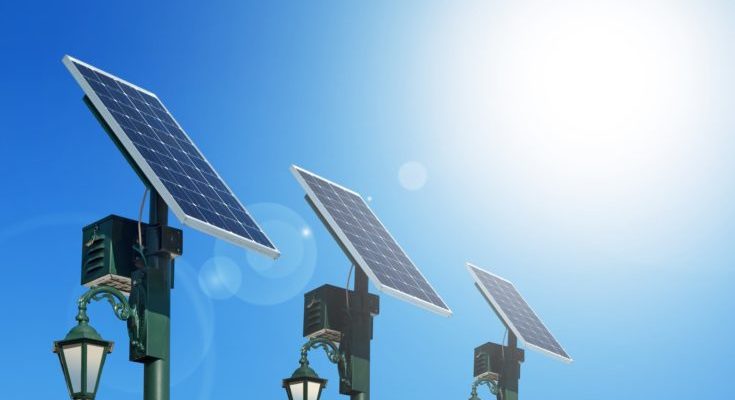

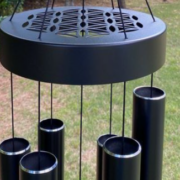
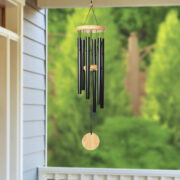



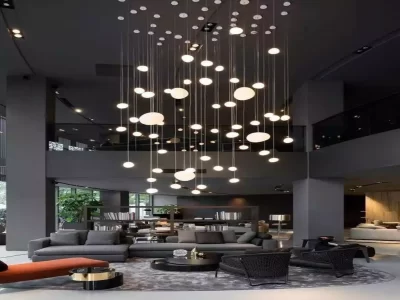


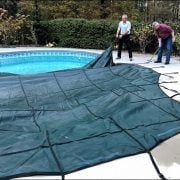


[…] you think of going green, you need to start from the basics. A lot of people think of using solar panels or conserving water but when it comes to the interior of the home, you need to look for sustainable […]